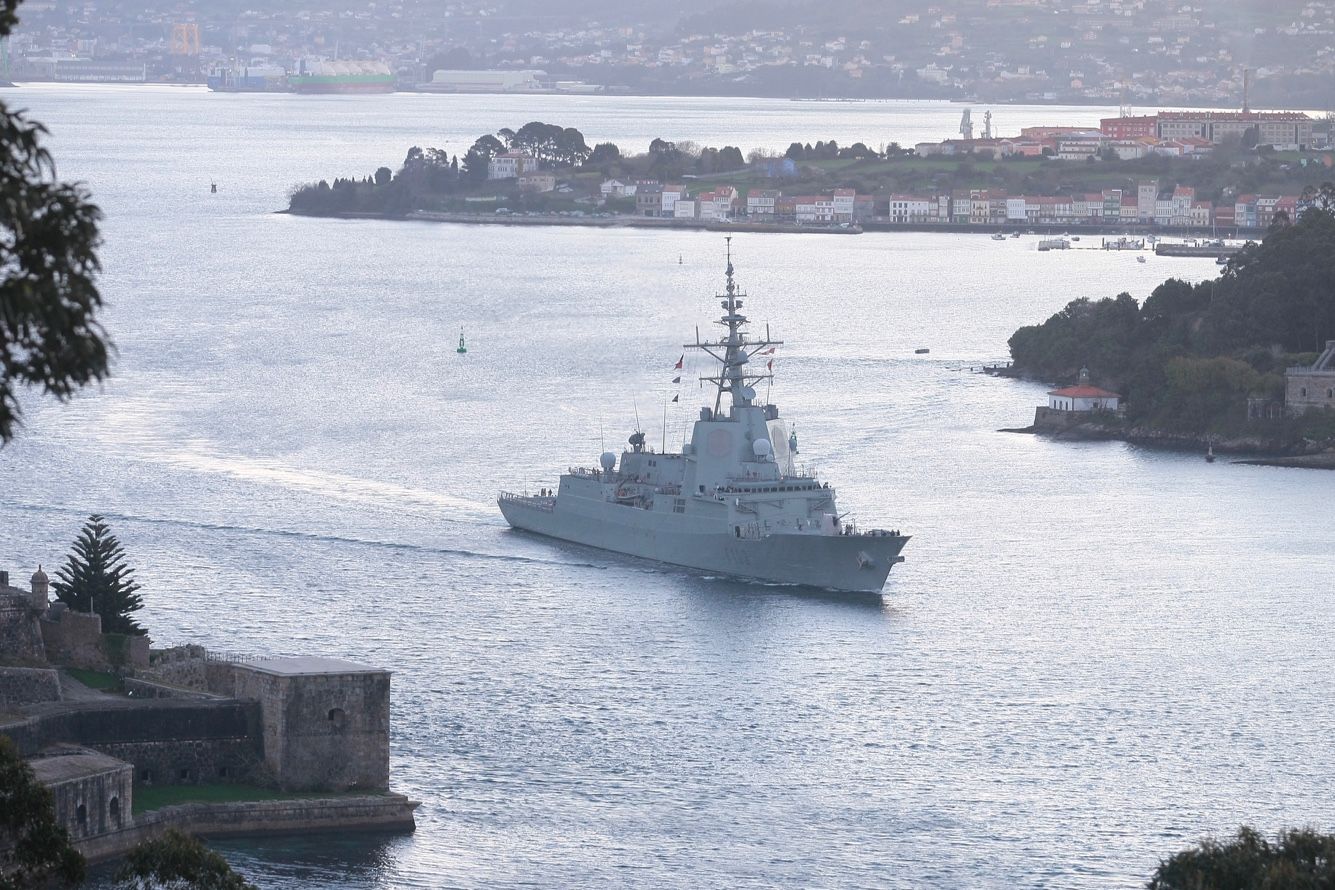The latest vis-à-vis Ukraine
Western countries withdraw families from Kyiv embassies and the Kremlin blames NATO for escalating tensions

The United States, UK, and Australia have started to withdraw the family members of embassy staff in Ukraine, as tensions between Russia and NATO countries continue to rise. On Monday, January 24, NATO confirmed that member countries had sent additional ships and jets to enhance deployments in Eastern Europe. In turn, the Kremlin’s spokesman accused the alliance of provoking “an escalation of tensions.” Meanwhile, the ruble’s exchange rate against the U.S. dollar dropped significantly, prompting Russia’s Central Bank to halt foreign currency purchases.
Western countries have begun to withdraw the family members of embassy staff in Ukraine due to the increased threat of a Russian invasion. On Monday, January 24, the U.S. State Department warned that “military action by Russia could come at any time” and advised American citizens currently in Ukraine to make plans to leave the country. Australia also issued a federal warning urging its citizens in Ukraine to “leave now.”
The United States, UK, and Australia have begun evacuating the family members of their diplomats in Kyiv. According to the BBC, the UK has started withdrawing about half of the staff from its embassy in Ukraine. The German Foreign Ministry also offered to purchase airline tickets for the family members of its diplomats, should they choose to leave Ukraine. Ukraine’s Foreign Ministry spokesman Oleg Nikolenko called the U.S. decision to evacuate the family members of embassy staff a “premature one and an instance of excessive caution.”
Also on Monday, NATO announced that it’s sending additional ships and fighter jets to bolster its deployments in Eastern Europe. Denmark and Spain sent warships to join NATO naval forces and the two countries are also set to deploy fighter jets to Lithuania and Bulgaria, respectively. The Netherlands also plans to send two F-35 fighter aircraft to Bulgaria in April. In addition, France has announced its readiness to send forces to Romania under NATO command, and the United States is mulling upping its military presence in the eastern part of the Alliance.
According to the New York Times, U.S. President Joe Biden is considering deploying several thousand American troops, along with warships and aircraft, to NATO countries in the Baltics and Eastern Europe. “The options include sending 1,000 to 5,000 troops to Eastern European countries, with the potential to increase that number tenfold if things deteriorate,” the newspaper reported, citing administration officials.
Update. On Monday evening, the Pentagon announced that it has put 8,500 troops on “high alert” for possible deployment to Eastern Europe, the New York Times reported. According to Pentagon spokesman John F. Kirby, most of these troops would take part in a NATO response force that might soon be activated.
Russia has promised to respond to an increase of the U.S. contingent in Eastern Europe. “Naturally, Russia will not leave such actions unanswered and will take adequate measures to respond to an increased threat,” said State Duma Defense Committee head Andrey Kartapolov. In turn, Kremlin spokesman Dmitry Peskov told journalists that NATO’s statements about increasing and relocating forces to reinforce its eastern flank were leading to “an escalation of tensions.” He also added that the Russian military can’t ignore “increased NATO activity” near the country’s borders.
The head of the self-proclaimed Donetsk People’s Republic (DNR) claims that Ukraine is planning an “offensive in the Donbas.” According to Denis Pushilin, Kyiv is pulling troops and equipment to the line of contact, including Urgan and Smerch multiple rocket launcher systems. The DNR leader also claims that on the Ukrainian side, around 129,000 troops have been stationed near the line of contact for three and half months. The DNR also obtained information about the preparation of “sabotage groups” aimed at committing terrorist attacks in the Donbas, Pushilin alleged. Kremlin spokesman Dmitry Peskov also said on Monday that the threat of a Ukrainian offensive in the Donbas is “very high.”
Meanwhile, the ruble’s exchange rate is falling. During trading on the Moscow Exchange on Monday, the dollar exchange rate hit more than 79 rubles for the first time since November 2020, and the euro exceeded 89 rubles for the first time since May 2021. The official dollar exchange rate rose to 77.36 rubles for January 25, and the euro to 87.59 rubles. Against the backdrop of the currency slide, Russia’s Central Bank suspended foreign currency purchases on the domestic market indefinitely. “This decision was made in order to increase the predictability of the monetary authorities’ actions and to reduce the volatility of financial markets,” the central bank said in a statement.
The European Commission has proposed a new emergency financial assistance package for Ukraine, totaling 1.2 billion euros ($1.36 billion), President Ursula von der Leyen announced on Monday. This comes after von der Leyen held talks with Ukraine’s President Volodymyr Zelensky last Friday, to “assess the situation in Ukraine created by Russia’s aggressive actions,” she said in a statement. “This package will help Ukraine now to address its financing needs due to the conflict [in the Donbas],” von der Leyen added. She also said that the European Commission will soon start work on a second, longer-term assistance package meant to support Ukraine’s “modernization efforts.”